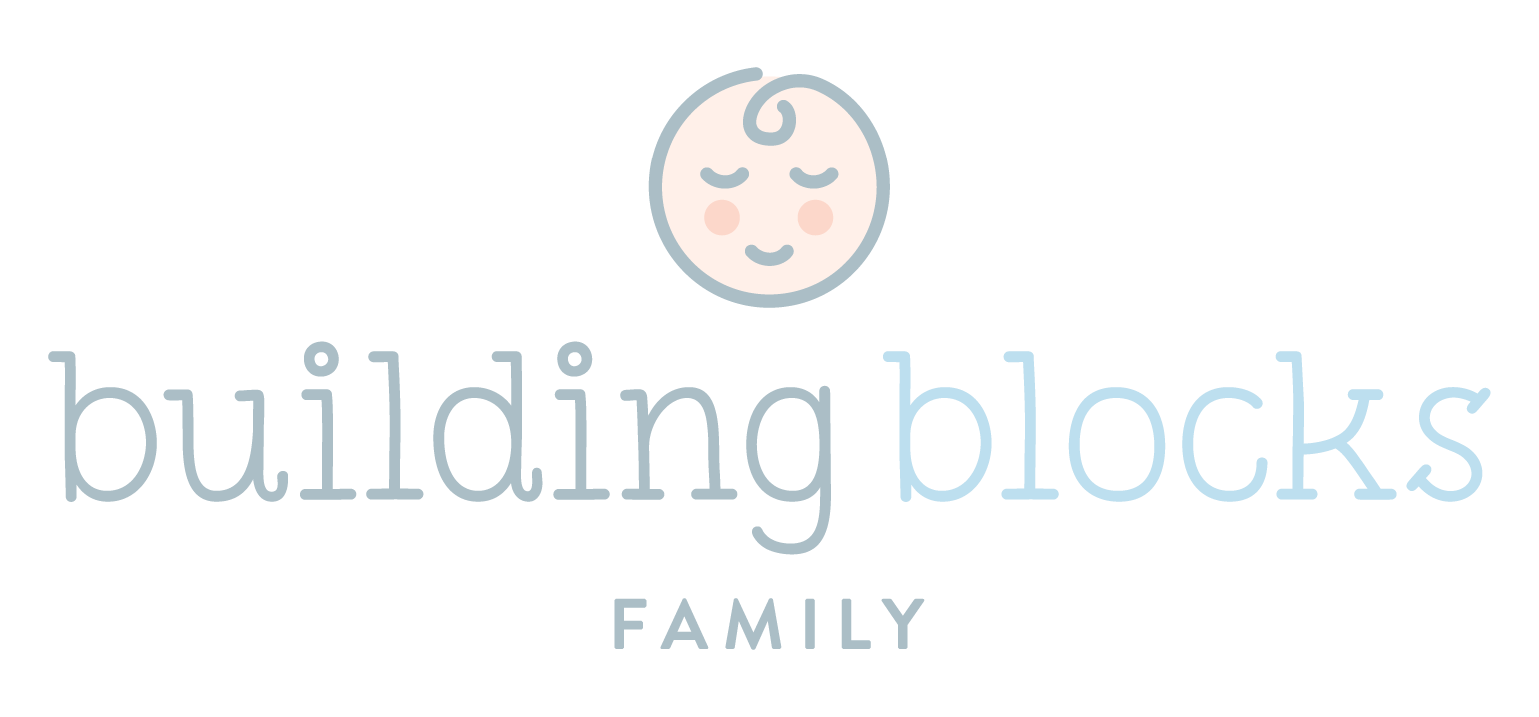How to Teach: Taking a Deep Breath
Teaching children calm down techniques is one of my favorite ways to help with discipline. Remember, discipline is teaching. I feel like “discipline” gets a bad name, but really it is just teaching. Discipline does not equal punishment. Yes, we want to correct behavior and certainly maintain boundaries and have follow through with consequences, however, it is also very important to teach children ways to calm down. To teach children problem solving, replacement behaviors and help them work through their big emotions and reactions. It is one thing to correct a behavior, but it is another to provide information to them of how to do things differently the next time. Teaching them tangible skills to help regulate their emotions. This isn’t easy, takes time, and developmentally emotional regulation is seen in ages 5 and older more often than not. Despite this, we want to practice these skills in toddlerhood. We want to practice them often, when the child is calm, and reinforce these skills by modeling the behavior as well.
Here are a few ways to teach a deep breath:
1. The Feather Breath
Grab a feather. Show your toddler the feather. Hold the feather in front of your mouth and say watch me. I am going to make the feather move. Say, “1, 2, 3” and then take a big deep breath and blow out. They will think this is so cool watching the feather move. Then say, your turn! Hold the feather out for them to try. Count, “1, 2, 3” and cue them to take a deep breath. Then offer them the feather to do it on their own. This is a fun way to teach a deep breath
2. The Birthday Cake Breath
Have your child imagine that you baked a cake or bring over a candle. Have them pretend to blow the candle out by taking a big deep breath in and out! This is a great way for kids to visualize a deep breath.
3. The Stuffed Animal Breath
Have your child lay down on the ground. Grab a stuffed animal and place on their belly. Have your child take a deep breath. Cue to them that you see their belly moving up and down and how this is a belly breath. For younger kids, it might be helpful to show them this by doing it yourself first.
4. The Flower Breath
Have your child pretend to hold a flower. Take a long breath in and then breathe it out. Count for your child “1, 2, 3” as they take a breath in to show them a longer breath.
5. The Hand on Tummy Breath
Lets take it back old school. Tell your toddler to put one or both hands on their belly. Breath in and out with them. Modeling the deep breath. Do this several times together and then have them do this several times alone.
All of these work well. I find the fun ones are best because kids learn through play. These feel more organic then the old school #5 option. Regardless, start this young. You will be so surprised that your young toddler can do this. (I taught both of my kids deep breaths at 14/15 months). If you haven’t tried this, and you have an older toddler, no worries! Start now. It will still be beneficial. Lets be honest, I still could work on using my deep breaths more. So, remember to practice this skill too. If you are frustrated, take some deep breaths, tell your kids you are doing some deep breaths because you feel frustrated. Model the correct way to do this. They watch us and copy us. It is important for them to see us use these tools as well.
When they are learning, it can be helpful to take deep breaths with them. So if they are frustrated say, “I see you are upset, can we take some deep breaths together”? They may say no or keep crying, then go ahead and start your breathing, get down to their level. I bet they will mirror you and practice the deep breaths. Remember, we want to practice these skills when our children are calm not during a meltdown. We want to continue to practice and remind them of how and when to use these skills. This is a work in progress but more practice, the better!

